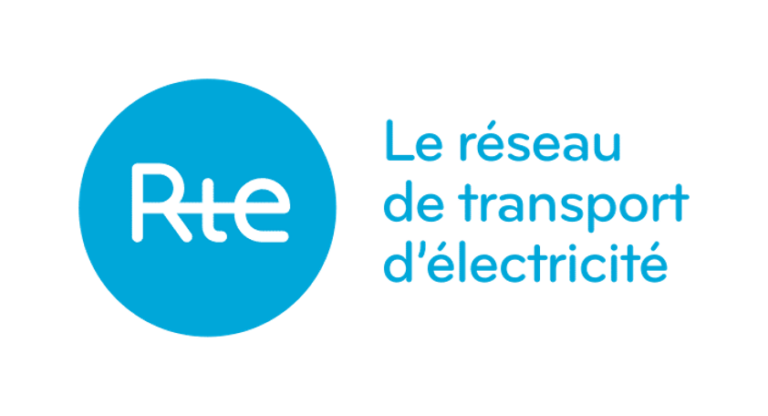On November 7th, 2017, RTE [the French Electricity Transmission Network] published the overview of its 2017 Generation Adequacy Report – Bilan Prévisionnel (the complete version was finally published January 2018 16). The effects were immediate: that same day, Minister of Ecology Nicolas Hulot announced that the aim of reducing nuclear production to 50% by 2025 was not viable and ought to be deferred. It’s clear that the Force is with RTE’s Generation Adequacy Report.
Let’s start with the essential points. The Generation Adequacy Report (BP) is an electricity planning exercise where the adequacy of production is analysed based on the needs of the system (demand). RTE, as the network planner, and by legal mandate, runs this exercise with some frequency. Every year it carries out a BP with a medium-term outlook (for the next five years), and every three years it conducts a long-term analysis (which, in the current case, runs up to 2035).
Much was expected of this year’s BP. First, because the methodology announced by RTE differed from that used in the analysis of previous years, and second, because energy policy over the previous five years had laid out extreme lines of action, particularly concerning the reduction of nuclear energy’s share in the electricity mix. We were all waiting to see how the BP would reflect the consequences of this energy policy. RTE did not disappoint on any of these fronts and, it must be said, have performed an excellent job.
From a methodological standpoint, RTE very discerningly decided to incorporate into its planning the economic variable (which had not been taken into account until now). Given that electricity production operates under market conditions, other than reflecting the consequences of energy policy on production, BP had to take into account the signals from the market and their consequences when making decisions to invest in new, unregulated generation. With regard to demand, it was also necessary to include the economic component to reflect consumers’ ability to make investment decisions in energy efficiency. This means RTE is able to model the supply/demand balance under market conditions.
From a political standpoint, the BP had to face the French Energy Transition towards the Green Growth Act (LTECV) and its reduction of nuclear energy’s share in the French energy mix from 75% to 50% by 2025. In truth, RTE’s entire analysis in this BP revolves around this key question. The scenarios studied by RTE determine when this shift occurs, depending on the various restrictions imposed: execution of the LTECV (Ohm scenario); avoiding new thermal installations (Ampere); not exceeding a certain level of emissions (Hertz); reducing nuclear production gradually in the least costly way possible (Volt); or decommissioning nuclear units once they have been active for 40 years (Watt). Five scenarios, representing five endeavours to counteract the plans of the ‘Dark Side’ – so many analysis that this objective of 50% nuclear energy in the 2025 electricity mix (established without dialogue or prior analysis) necessarily s means higher carbon emissions – in short, five attempts to restore balance to the Force.
And RTE has proven itself capable in this exercise – perhaps the presidential change has something to do with it – using its preferred approach: security of supply. RTE opens its analysis with the immediate future: 2018-2022. It explains that there is no room for maneuver, and that in terms of security the choice must be made: either we close coal-fired power plants, or we close nuclear power plants that are reaching 40 years of use. If both things take place at the same time, the security requirement will no longer be met. Faced with the choice between coal and nuclear, even ecologists accept the lesser of two evils. The Ohm scenario (LTECV compatible) continues by explaining that the rapid disappearance of nuclear would go hand-in-hand with investment in new thermal power stations and increased CO2 emissions in France. This is enough to open a fast track to the government for a change to the volume limit. The same day that RTE’s summary was published, Nicolas Hulot announced at a press conference a necessary delay to the objective of reducing nuclear production: ‘If we want to keep 2025 as the date to bring nuclear power down to 50% [of the ‘electricity mix’], it will be to the detriment of our climate objectives.’
The conclusions of this initial part of the BP were obvious – for specialists in the sector, at least: in the short term, less nuclear power means higher emissions (as is the case in Germany). This isn’t exactly news, but it’s a good justification for eliminating the previous energy policy and initiating new reflection on France’s energy future.
And this potential reflection is where RTE’s analysis will truly prove valuable. Once the 50% nuclear constraint is removed, what should we do to adopt an energy policy that’s in line with our climate objectives? RTE doesn’t answer this question – that’s not its role – but it does underline the consequences for the electricity system when of choosing one option or another. The four scenarios defined by RTE systematically meet the objective of 40% of electricity being generated by renewable energy sources by 2035. But they follow different paths to achieve this goal: with an immediate reduction in nuclear production; with a massive, accelerated roll out of renewables, or by less extreme means. The various scenarios outlined by RTE are consistent in terms of security of the system. What’s more, RTE has calculated the economic component of the various alternatives. In conclusion, with this BP, RTE is offering the ultimate weapon that allows the decision-makers of future energy policy (in its electricity aspect) to take their decisions with a full understanding of the facts. The first step has been taken. Well done, RTE!
Now, we just have to wait for the decision-makers to learn and understand it (a 400 page long BP will keep them busy for a while) and implement coordinated action to create a consistent path forward that meets climate objectives.
As RTE explains, the system we have in 2035 will be built on the decisions taken today. Let’s hope they’re the right ones…
May the Force be with the assessment and the decision-makers.
Antonio Haya







